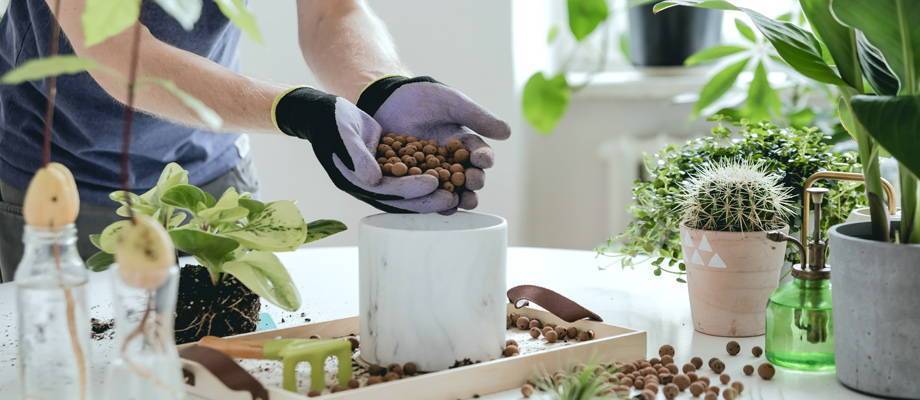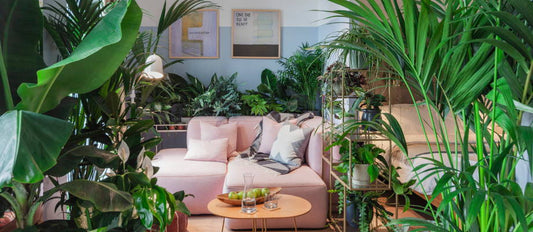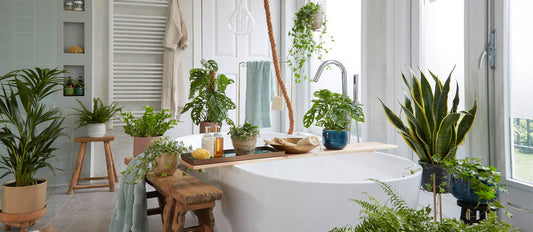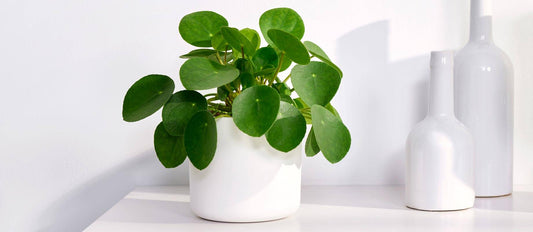There's no age limit on indoor plants — everyone can have them. But looking after them can be challenging. How much water should you give your plants? Do they like plenty of light or do they prefer the shade? We're here with the answers to all of these questions.
Looking after plants starts with the soil
Did you know, for example, that just 10% of plant owners are using the right type of potting soil for their plants? Getting that right is important for the plants to grow and be healthy. Potting soil for indoor plants retains plenty of water so that the plants don't dry out as quickly. Not to mention, it is free of pathogens and contains enough food for 60 days. Some indoor plants, such as orchids, have special potting soil that is best for that particular type of plant. If you want to know more, read our article on potting soil.
Use the perfect nutrition for plants
Just like people, plants need food and drink to survive and grow. You should only water most indoor plants when their soil is dry, which you can check with your finger. Indoor plants prefer soft water or rainwater and watering them once a week is often enough. Make sure you don't leave too much water in the pot, otherwise the plant may drown. And don't forget that indoor plants need less water over winter.
Tip: If you often forget to water your plants, then the Elho water dispenser is perfect for you, as it gives your plant the correct amount of water.
You can use fertiliser to feed plants. Potting soil usually contains enough food to last for around 60 days. We recommend that you feed the plant once every two weeks after that — but only while they are growing and flowering.
Light: Not too little, but definitely not too much either
The most important tip we can give you is to be very careful about where you position your indoor plant. Many of them need sunlight but can't tolerate full sun. If indoor plants are left in the sun too long, or are placed too close to the glass, they can suffer a kind of burn. And don't forget that every plant is different. Cacti and succulents are the exception to the rule, as they love full sun and are used to extreme conditions.
Repotting indoor plants
If your indoor plant is growing out of its pot, then it's time to repot it. The best time for this is early spring, and fast-growing plants should be repotted every spring. Slower growing plants only need repotting once every two or three years. So, how do you repot your indoor plant? Read our step-by-step guide below.
- Make sure that you have both an inner pot and a decorative pot at least one size bigger than the old one. Generally speaking, indoor plants like plenty of space, so choosing a pot that is slightly too big isn't a problem.
- Place a large pot shard into the inner pot to stop the drainage hole from getting blocked.
- Top this with a layer of small shards or hydro grains to hold water, so that the roots of the indoor plant aren't sitting directly in water.
- You can now put the indoor plant into its new pot, roots and all.
- Top up with potting soil and water if needed.
If you want to start repotting your indoor plants and you need new flowerpots, then take a look at our wide range.







